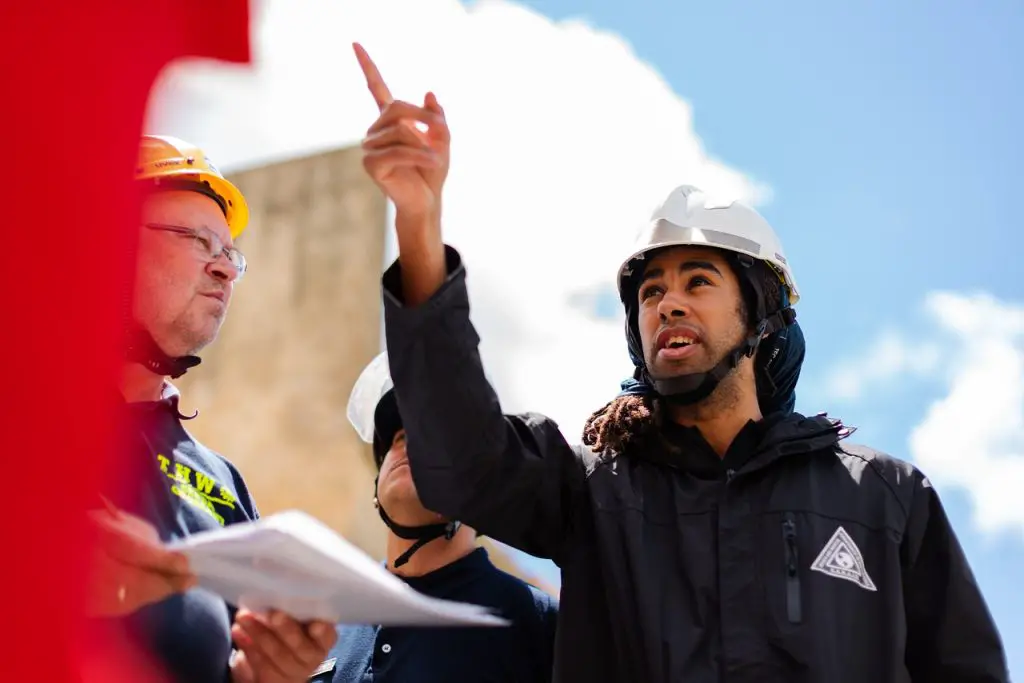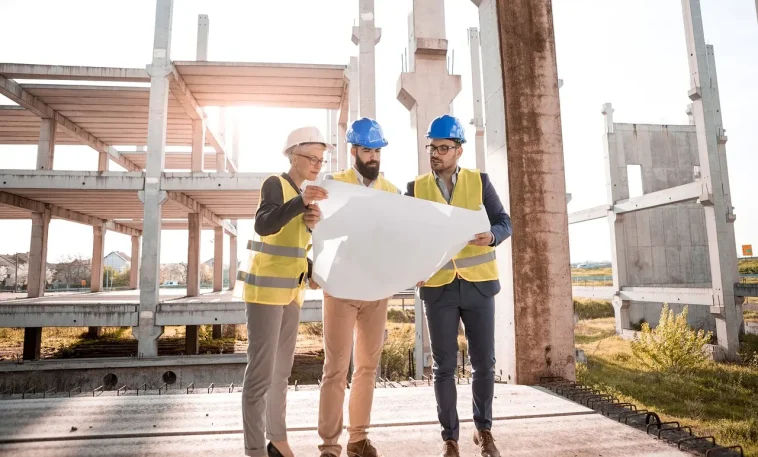Structural engineering is undergoing major changes thanks to advances in artificial intelligence (AI). Traditionally, the field has relied on a mix of hands-on experience and complex math to ensure buildings and infrastructures are safe. But as structures become more complex and the demand for efficiency grows, traditional methods are showing their limits. Challenges like design optimization, maintenance, and real-time monitoring are becoming harder to manage. AI offers solutions to these problems, bringing new and innovative approaches to the industry.
This guide will explore how AI is changing structural engineering services. We will look at how AI improves design processes, enhances safety and reliability, and drives innovation in construction. By examining real-world examples and future possibilities, we aim to give a clear overview of AI’s role in reshaping the field. From optimizing design parameters to real-time health monitoring, the combination of AI and structural engineering is set to redefine how we build and maintain our environment.
The Job of AI in Structural Design
AI has become a vital tool in structural design for engineering projects. It allows engineers to optimize design parameters quickly and effectively. AI can analyze numerous design options, helping to choose the best and most sustainable ones. Machine learning models predict how structures will perform and last by analyzing past data, improving safety and reliability.
AI also supports better decision-making by identifying patterns and trends in large datasets, which helps engineers make informed choices. This approach improves design quality, shortens project timelines, and cuts costs. Overall, AI combines powerful computation with smart insights to create more innovative and reliable structural solutions.
Improving Safety and Reliability with AI
AI greatly improves the safety and reliability of structures with tools like predictive maintenance, real-time monitoring, and anomaly detection. By using AI, engineers can fix potential issues before they become serious. Predictive maintenance analyzes past and current data to predict when and where maintenance is needed, helping prevent unexpected failures.
Real-time monitoring systems use AI to constantly watch the condition of structures, alerting engineers immediately when something unusual happens. This quick response ensures that any problems are addressed right away. Anomaly detection goes a step further by spotting subtle signs of deterioration that might otherwise be missed. AI not only boosts reliability but also changes how we prevent and handle structural issues.
AI-Driven Construction Techniques
AI is changing the construction industry by introducing advanced technologies like automated machinery, robotics, and AI-driven project management. Automated machinery reduces mistakes and speeds up construction. Robotics can perform tasks like bricklaying and heavy lifting with precision, making construction safer and more efficient.
AI-driven project management offers real-time data and predictive insights, helping to better allocate resources, manage risks, and make decisions. These techniques boost productivity, sustainability, and cost-effectiveness. By embracing these innovations, the construction industry is set to reach new levels of efficiency and quality.

AI in Structural Health Monitoring
Using AI in structural health monitoring adds a smart layer to maintaining buildings and infrastructure. Advanced sensors collect large amounts of data on how structures are performing. This real-time data is then processed by AI algorithms.
These insights allow engineers to predict and fix potential issues before they become serious. By spotting patterns in the data, AI helps make more accurate predictions about structural wear and tear. This proactive approach not only keeps structures safe and reliable but also extends their lifespan, saving costs and improving maintenance efficiency.
Challenges and Future Prospects
One of the main challenges in using AI in structural engineering is the quality of the data. Often, the data available is incomplete, inaccurate, or inconsistent, which limits the effectiveness of AI algorithms. Ethical concerns are also important, particularly regarding privacy when data is collected and monitored. Questions about accountability and decision-making also come up when AI systems are involved. Scalability is another key issue; while AI works well in small projects, using it in larger, more complex ones is still a significant challenge.
Despite these obstacles, the future of AI in structural engineering looks bright. Emerging trends like digital twins, which create digital replicas of physical structures, and advanced machine learning models are expected to transform the industry. As the technology improves, it will likely overcome many of the current challenges, leading to more efficient, safer, and innovative solutions.
The integration of AI in structural engineering is not just a trend but a transformative shift that is redefining the industry. As AI continues to advance, it offers powerful tools for design optimization, safety enhancement, and predictive maintenance, addressing some of the most pressing challenges in the field. The potential for AI to improve efficiency, reduce costs, and innovate in construction and structural health monitoring is immense. Embracing these technological advancements is key to staying ahead in an increasingly complex and demanding industry.




